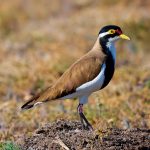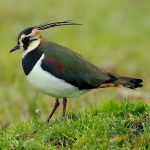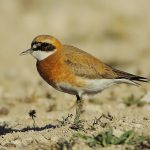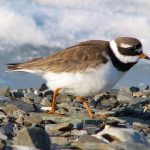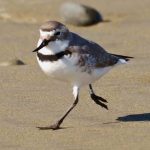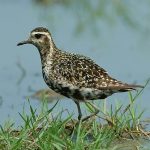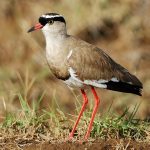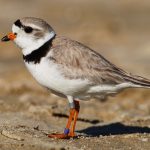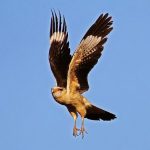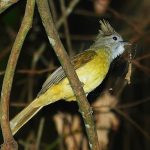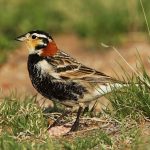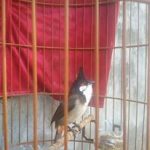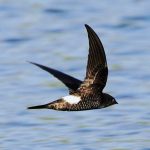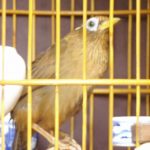Killdeer


Common name:
killdeer (en); borrelho-de-coleira-dupla (pt); pluvier kildir (fr); chorlitejo colirrojo (es); keilschwanz-regenpfeifer (de)
Taxonomy:
Order Charadriiformes
Family Charadriidae
Range:
This American species is found from Canada as far north as the Northwest Territories, south to northern Colombia and north-western Venezuela and also along the Pacific coasts of Ecuador and Peru. They are also present in the Caribbean.
Size:
These birds are 20-28 cm long and have a wingspan of 46-48 cm. They weigh 75-130 g.
Habitat:The killdeer is mostly found in inland marshes and swamps, but also uses sandbars, mudflats, pastures, rocky intertidal areas, rivers and streams, open savannas, taiga and deciduous forests and less commonly saltmarshes. They are present from sea level up to an altitude of 2.400 m.
Diet:
They feed mainly on invertebrates such as earthworms, snails, grasshoppers, beetles and aquatic insect larvae, but are also know to take seeds from agricultural fields, frogs and dead fishes.
Breeding:
Killdeers are monogamous and can nest all year round, varying among different parts of their range. The nest is built by both sexes, consisting of a simple scrape on open ground sometimes ornamented with rocks, shells, sticks ans trash. The female lays 4-6 buff-coloured eggs with blackish-brown markings, which are incubated by both parents for 24-28 days. The chicks leave the nest soon after hatching but remain with their parents until they are able to fly, 3-4 weeks after hatching.
Conservation:
IUCN status – LC (Least Concern)
This species has a very large breeding range and the global population is estimated at 1 million individuals. The overall population trend is decreasing, although some populations are stable or have unknown trends. The population is North America had a stable trend over the last 4 decades.

